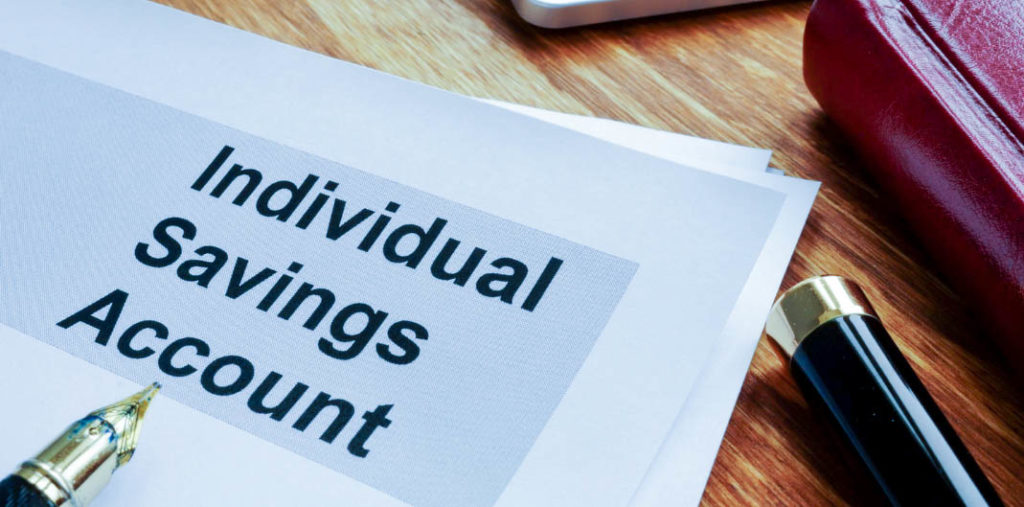- Reading time: 4 mins 59 secs
The UK government’s tax-free savings vehicle – the Individual Savings Account, or ISA as it is more commonly known – has been around since April 6e 1999.
At that time, you were allowed to save up to £3,000 in a cash ISA and a maximum of £7,000 in a stocks and shares ISA during the tax year (April 6e -April 5e)
As of 2021-2022, that total tax-free sum is £20,000.
With more than £870 billion being been placed in ISAs since its launch for Millennium year, the ISA has quite clearly become a very popular savings method for UK residents and investors.
The question is – how many of us are really using the tax-free ISA to its full potential and maximum benefit?
How many of us truly understand the best way to make the most of a very enticing £20,000 tax-free ceiling in an account that rolls over year-on-year?
CASH ISA
To be honest, I didn’t really understand the implications of the ISA when it first came out and replaced the old TESSA and PEPS (Tax-Exempt Special Savings Accounts and Personal Equity Plans, respectively).
I thought the ISA was a one-off interest-based savings account that when you had reached the maximum sum allowed to be deposit tax-free that was it – it would then come to the end of its time and be closed.
But no, the account remains for as long as you like and keeps on accruing the tax-free interest on sums deposited up to £20,000 per year.
So, that is the first benefit of the cash ISA – the account is there for life. It means you can put away up to £20,000 per year and enjoy tax-free interest EVERY YEAR.
In other words, the money keeps on growing year-on-year.
Essentially, this is a prime example of compounding (see our video here for more on compounding).
A cash ISA really is an excellent way to save, although of course it is impacted by the interest rates at the time. Inflation, too, plays a big role. So actual gains can be pretty slim, although of course it is “profit.”
On the other hand, if you have a stocks and shares ISA, then you are enjoying not only the interest but also any returns on your investments, free of taxation!
STOCKS & SHARES ISA
If you are feeling more adventurous and are happy to take a bit of risk – then the stocks and shares ISA is definitely the next step up in making the most of an ISA.
Last year, cash ISA interest rates were actually at an all-time low heading to April 5e 2021. According to Rachel Springall of financial analysts Moneyfacts, savers would have done better to steer clear from “cash savings altogether” because, on average, stock markets return 5pc above inflation each year.
And despite the markets crashing 15pc in the first quarter of 2020 and then a further 10pc in March, those bailing out would have missed out on strong returns since.
The MSCI World index – a barometer for global stocks – was up 36pc by the end of that month.
In fact, a revelation in January just gone popped a few eyes and illustrates the potential returns a stocks and shares ISA can reap.
Volgens InvestingReviews.co.uk the UK has around 2,000 “Isa millionaires”, sitting on pots worth an average £1,412,000, HM Revenue and Customs (HMRC) figures show.
Mind you, these investors are in their late 60s/early 70s and would have started out on their road to fortune back in 1999 with the launch of the ISA and maybe even used TESSA and PEPS as the foundations.
If you were lucky enough to be Liberal Democrat peer Lord Lee of Trafford who became the UK’s first ISA millionaire holder in 2003 after judiciously maxing out his ISA allowance from the time of their launch.
In a 2015 interview with The Financial Times he revealed his ISA had swelled to £4.5 million. While too modest to reveal his current pot, he is believed to be near the top of the tree.
Currently, there are around 2.7million S&S ISA holders of which 37 per cent are maxing out their allowances.
Investors starting from scratch today could expect to reach millionaires’ row in around 22 years by maxing out their £20,000 annual allowance assuming a compounded 7% annual return.
However, it would take approximately 34 years to accumulate a £3 million pot, and 44 years to join the £6 million club.
It is clear to see, though, that a stocks and shares ISA can accumulate fantastic returns.
In that sense, it is not only a great way to save but also invest, potentially. Of course, it does all depend on the success of the stocks and shares your ISA is invested in.
However, if you look at these examples provided by you can see what the long-game provides and how investor behaviour affects outcomes. In each example, the investor has put £10,000 in a stocks and shares ISA at the start of the global financial crisis in January 2008. The four scenarios make interesting reading.

So, that’s cash ISA’s and stocks and shares ISA, but there are other types of ISA that could help you make the most of your tax-free £20,000 yearly allowance, depending on your needs and goals.
These are:
Flexible ISA
Innovative Finance ISA
Lifetime ISA
Junior ISA
Inheritance ISA
Check hier for a useful breakdown of each one
ULTIMATELY…
The best way to make the most of your £20,000 ISA allowance is… drum roll please… is to put all of your ISA investment into the account as early as possible from April 6e of that year’s “ISA season.”
When you think about it, that makes perfect sense. As noted on Continuum “how and when you make your investment and use your allowance can make a big difference to the returns you can eventually enjoy.”
Obviously, not everyone has £20,000 to invest in a lump sum – but the principle applies to whatever sum you have in mind to put into your ISA any particular year. Get as much of it in as you can from April 6e and you will make the most of the interest available or potential stocks and shares returns.
Do that each year and you will be honouring the old adage: time is money.
It is after all the oldest investment truth in the book – the longer you leave your money invested, the more time is has to grow. The larger your pot becomes.
We’re big fans of ISA’s here at Beheersing van investeringen and believe EVERYONE should have at least a cash ISA, purely for the fact that ANY interest is free from taxation.
BUT a cash ISA is only worth anything of real value if it is left alone to GROW.
As for stocks and shares ISA’s, these carry more risk, but again over time, and allowed to weather the odd storm, will still prove profitable in the long-run which is the best way to approach any ISA.
“Let it be” is perhaps the #1 strategy to follow with any ISA.



